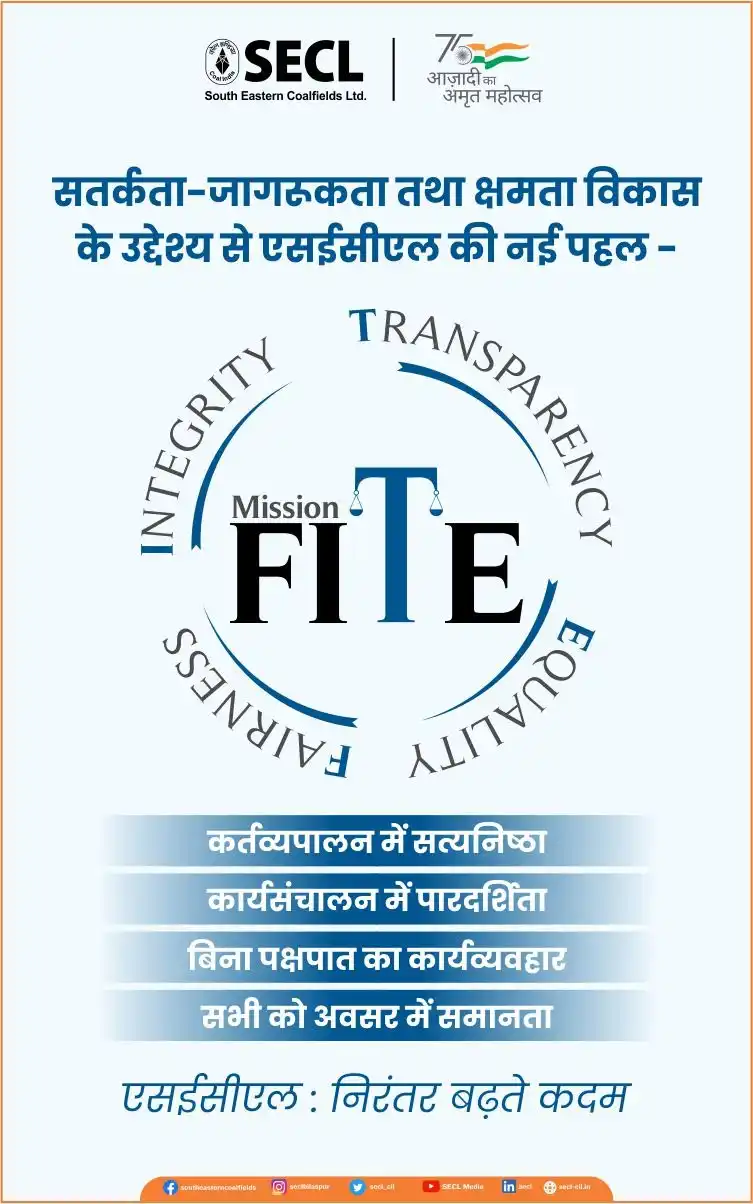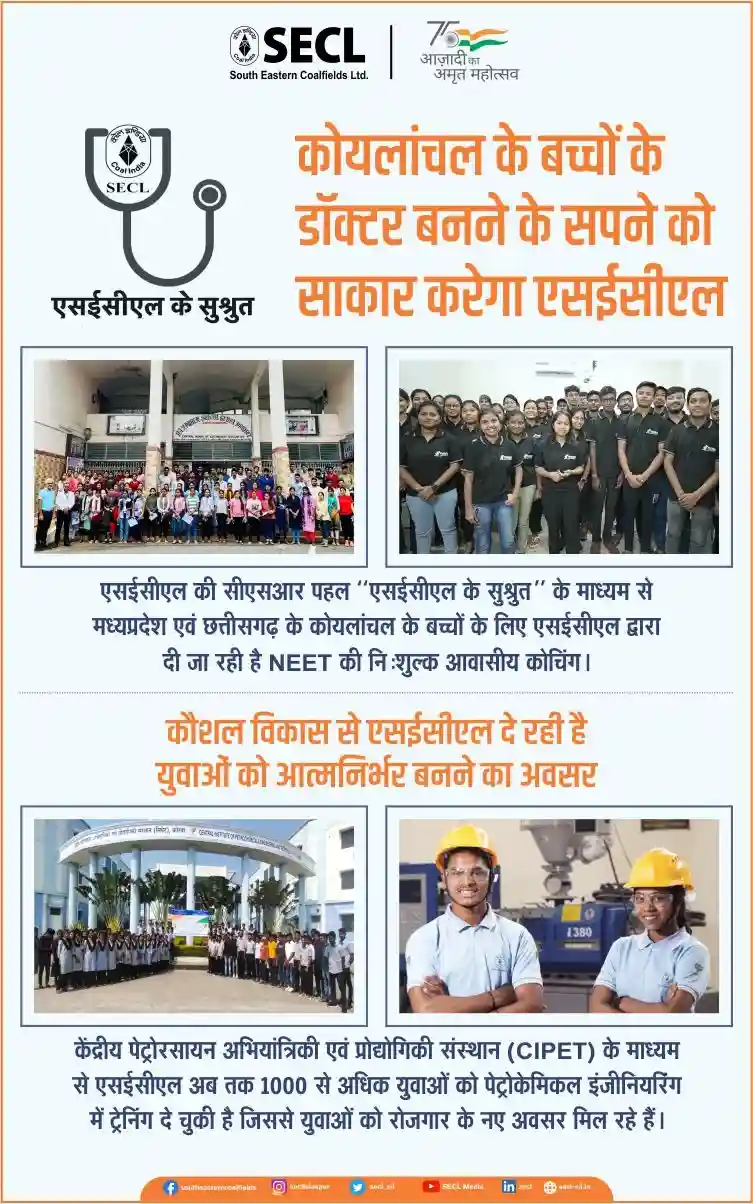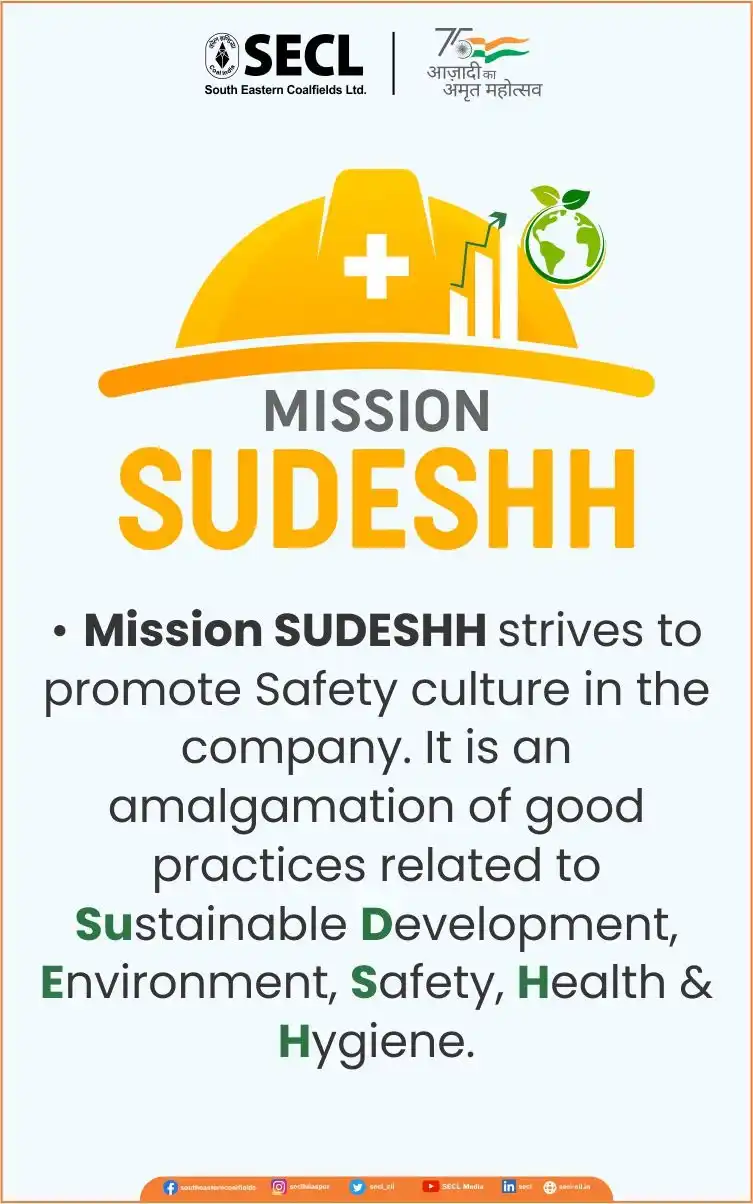Minister of Commerce & Industry, Piyush Goyal, in a recent tweet, called it – “India’s Bonding with the World”. This was about India’s organic and inorganic chemicals to augment the export growth by 106%. In tune with PM Narendra Modi’s Atmanirbhar Bharat Abhiyan.
In fact, the growth of the Indian chemical industry is expected to double to reach US$ 304 billion by 2025, clocking an annual growth rate of 15-20%. An investment of Rs 8 lakh crore is anticipated in the sector by 2025. In July 2021, production volumes of key chemicals stood at 909,310 MT and petrochemicals at 1,867,351 MT. The specialty chemicals sector is expected to reach US$ 40 billion by 2025. India’s share in the global specialty chemicals market increased to 4% from 3% between FY15 and FY21.
This is news with massive multiplier effects. Chemical industry is one of the most significant contributors to the growth and development of any economy. So much so, that the industrial development of any country is measured on the basis of consumption of sulphuric acid, as the chemical industry acts as a backbone in the development process of the nation. Basic chemicals and their related products (petrochemicals, fertilisers, paints, varnishes, glass, perfumes, toiletries, pharmaceuticals, etc.) not only constitute a significant part of the Indian economy, but also indicate the pace of growth of the economy.
To achieve the growth of the Indian chemical industry, the government is working on a draft chemical policy, which is under examination by the concerned Ministries/ Departments. India has unveiled the fifth draft of the Chemicals (Management and Safety) Rules (CMSR) in August 2020. The draft chemical policy will focus on meeting the rising demand for chemicals and reducing imports.
The Indian chemical industry is one of the largest worldwide. In 2020, it ranked fifth in the world in terms of revenue. It has over 80 thousand products and it is also one of the most diversified sectors in the country. The overall market size of the Indian chemical industry is standing at US$ 178 billion in 2018-19. India ranks 14th in exports and 8th in imports at global level (excluding pharmaceuticals).
First a glimpse of the rising demand of organic and inorganic chemicals. The Indian chemical industry is the source of raw materials to many end-user industries such as food processing, personal care and home care is driving development of different segments in India’s specialty chemicals market.
The domestic chemicals sector’s small and medium enterprises are expected to showcase 18-23% revenue growth in FY22, owing to an improvement in domestic demand and higher realisation due to high prices of chemicals. Consequently, India’s specialty chemicals companies are expanding their capacities to cater to rising demand from domestic and overseas. Once again, in order to provide a secured and reliable supply chain to the world, the chemical sector in India has the opportunity for significant growth.
Policy Support
The Indian Government supports the chemical Industry through research & development and initiatives such as reducing basic customs duty on several imported products and promoting the ‘Make in India’ campaign. Under the Union Budget 2022-23, the government allocated Rs. 209 crores to the Department of Chemicals and Petrochemicals. The Indian Oil Corporation (IOCL) announced plans to invest Rs. 3,681 crore to set up India’s first mega-scale maleic anhydride unit for manufacturing high-value specialty chemicals at its Panipat Refinery in Haryana in November 2021.
The government has established four petroleum, chemicals and petrochemical investment regions (PCPIRs) as investment regions for petroleum, chemicals and petrochemicals, along with associated services. Plastics Parks too have been set up to facilitate technology development and conducive ecosystem to produce specialised plastic products.
Under the new PCPIR Policy 2020-35, a combined investment of Rs. 10 lakh crore (US$ 142 billion) is targeted by 2025, Rs. 15 lakh crore (US$ 213 billion) by 2030 and Rs. 20 lakh crore (US$ 284 billion) by 2035 in all PCPIRs across the country.
It is not without an employment creation. The four PCPIRs are expected to generate employment for ~33.83 lakh people. ~3.50 lakh persons have been employed in direct and indirect activities related to PCPIRs by the end of 2020.
The government has allowed industrial licensing and 100% FDI in the chemical sector, under the automatic route, with exception to few hazardous chemicals. Total FDI inflows in the chemicals sector (other than fertilisers) has reached US$ 19.09 billion between April 2000 to December 2021.
In June 2021, the Rubber Skill Development Council (RSDC) announced that it is expanding its vertical to cover the chemicals and petrochemicals sectors and will be now known by the name Rubber, Chemical, Petrochemical Skill Development Council (RCPSDC). The council will implement skill training programmes in chemicals and petrochemicals verticals for the youth across the country.
Indian chemical industry: Broad Contours
In the Indian chemical industry, alkali chemicals have the largest share with ~69% in the total production; production of polymers accounts for ~59% of the total production of basic key petrochemicals in 2019.
India is a global supplier of dye, accounting for ~16% of the global production of dyestuffs and dye intermediaries. India has a strong presence in the exports market in the subsegment of dyes, pharmaceuticals and agrochemicals. The country exports dyes to Germany, the UK, the US, Switzerland, Spain, Turkey, Singapore and Japan. The Indian dyes and pigments market is expected to reach US$ 63.0 billion by 2022.
Agrochemicals are the key revenue component of India, which exports 50% of its total production. Insecticides share 53% of the total domestic agrochemicals market, followed by Herbicides. Petrochemicals consumption stood at 22 million tonnes in 2019-20, out of which 16.5 million tonnes was polymer products.
Follow on Facebook (https://www.facebook.com/industrialpunch) and Twitter (https://twitter.com/IndustrialPunch) for updates on social media…















